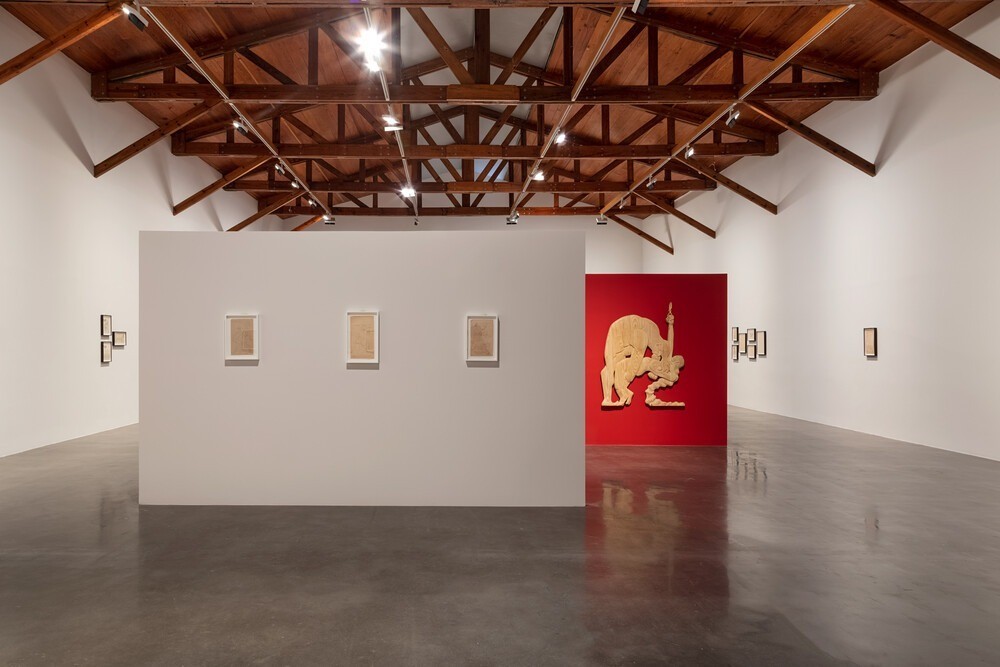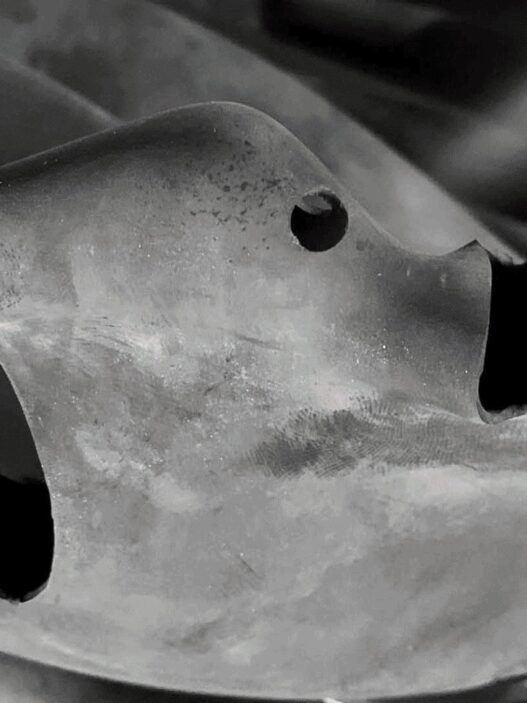September 10–October 8, 2022
Sergei Eisenstein, a major player in the Russian and later Soviet avant-garde, created erotic drawings that might be viewed as an aesthetic experience in which the unbounded desires of an intimate and irreducible universe have come to pass. The piece explores sexuality and its profound influence on personal consciousness while being set in the turbulent time of the Bolshevik rise to power. These drawings, a subject of personal investigation, have psychological overtones and invariably convey a sense of wonderment about human nature. The drawings, which are frequently created in the form of notes, are characterized by graphic depictions of necrophilia, homosexuality, zoophilia, group intercourse, and mutilation. These are extremely complex morphological works that, with their aggressive aura, disturb all calmness and contentment.
Sergei Eisenstein
Serguei Eisenstein, a versatile artist who was born in Latvia in 1898 and died in Moscow, Russia, in 1948, is well known for his cinematic work as well as his ground-breaking theories on montage and the psychology of art. Before the October Revolution, he was a civil engineering student. During the Civil War, he joined the Red Army, where he got his first experience as a director and scenographer in modest shows for the troops. After being demobilized, he joined the Proletkult in Moscow, where he studied theater under Meyerhold, and his first foray into film was an experimental short that was a part of an avant-garde staging of an Ostrovsky classic. He produced the motion picture Strike (1924) for the Proletkult, which resulted in a request for The Battleship Potemkin (1925), a film honoring the 1905 revolution.
While traveling around Europe in 1929 with his colleagues Alexandrov and Tisse to learn more about sound filmmaking processes, Eisenstein received an offer from Paramount to work in Hollywood. However, over the course of six months, every project they suggested was turned down. As a last resort, Eisenstein agreed to take private finance in order to produce a movie in Mexico that would capture that nation’s revolutionary transition. The American funders cut off funding after a year of filming in Yucatan, Oaxaca, and Hidalgo, prompting Eisenstein to return to the USSR in the mistaken belief that his video would then be processed in Moscow. This never happened, and before Eisenstein’s former assistant, Alexandrov, produced a version in 1979, American investors sold off the material to a variety of commercial users.
The loss of Que Viva Mexico! was the biggest catastrophe in Eisenstein’s artistic career. A project that would take up the majority of his remaining years was a study of the origins of artistic expression that he dubbed “The Fundamental Problem” or “The Method,” which he produced during the fifteen months he spent in Mexico.
Many of his concepts were rejected in the USSR, and his following movie, Bezhin Meadow (1936), was later outlawed. Only Alexander Nevsky, a well-known epic based on Russian history, repaired his standing with Stalin and opened the door to an invitation to reenact the reign of Ivan IV, the first tsar of all of Russia. Ivan the Terrible was produced during the Second World War, and the first segment got Stalin’s approval in 1944. However, the second segment, which depicts Ivan’s later psychosis, was banned and did not air until 1958.
Only a small portion of Eisenstein’s enormous body of literature was recognized when he passed away in 1948 from heart failure. Since then, a lot of it—including his “immoral” memoirs—has been published and widely translated. And seventy-five years after his untimely passing, his numerous drawings—which were only ever displayed once—have been viewed and valued more and more, making him a truly multidisciplinary artist.
kurimanzutto
Gob. Rafael Rebollar 94, Colonia San Miguel Chapultepec
11850 Mexico City,
Mexico
T +52 55 5256 2408
[email protected]
www.kurimanzutto.com
Instagram / Twitter / Facebook



















![[1] Karen Lamassonne, Ruido (Noise), 1984. Courtesy of the artist. [2] Giovanni Battista Cima da Conegliano (attributed to), God the Father, c. 1510–1517. The Courtauld, London. Bequeathed by Arthur Hamilton, Viscount Lee of Fareham, 1947.](https://dailyart.news/wp-content/uploads/2022/09/karen_gina-527x569.jpg)
![Aline Motta, Pontes sobre Abismos#6 [Bridges over the abyss #6], 2017. Digital photograph, dimensions variable. Courtesy of the artist.](https://dailyart.news/wp-content/uploads/2022/09/aline_motta-527x703.jpg)